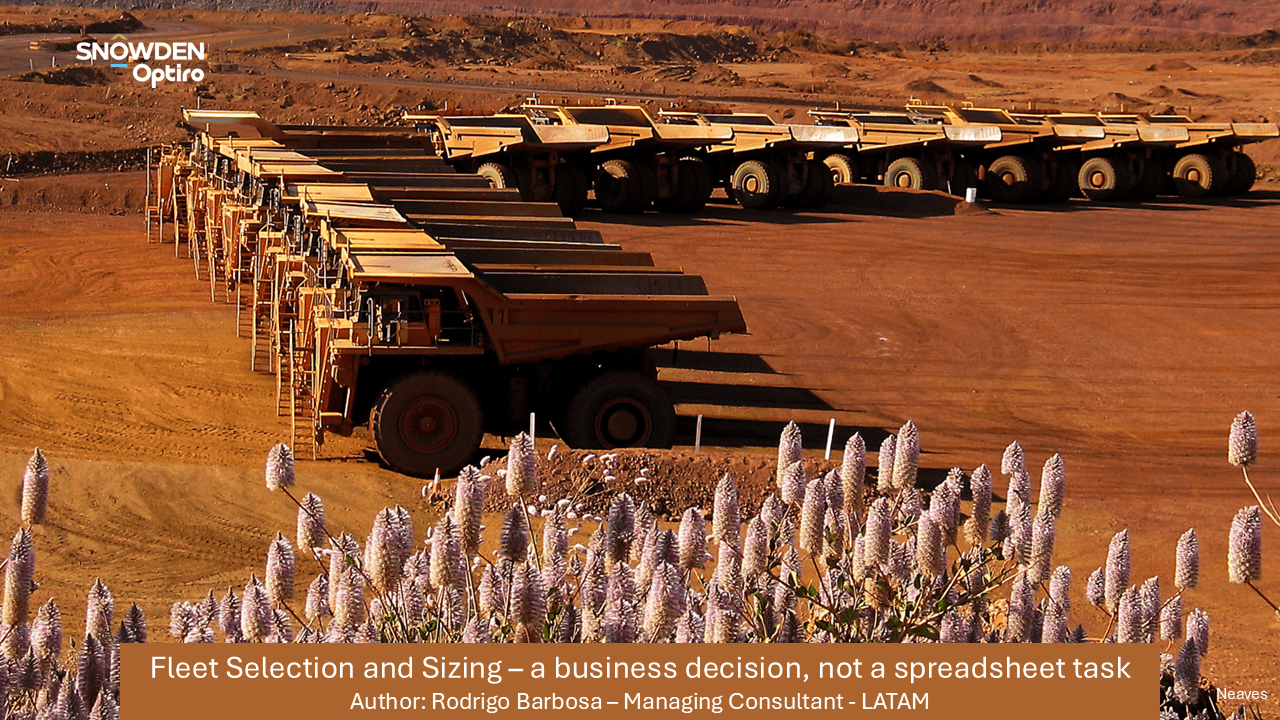


Our aim is to offer interesting technical talks and key information with a fresh take on the world of geology and mining. We will be uploading new podcasts on a regular basis.
In our first podcast Ian Glacken, Optiro’s Director of Geology, talks about Top Cuts. The podcast covers topics such as why you need to be sure you haven’t relied too greatly on outlier samples when creating a resource estimate, and how top cutting (capping) is a method that can be used to reduce the impact of individual samples and produce a more accurate picture of what’s in the ground.
The podcast at a glance:
This podcast covers the background to RPEEE, the changes between JORC 2004 and JORC 2012; why it is controversial at the moment; whether all mine companies apply it equally; what RPEEE approaches are for open pit mines; special issues with underground mines; and RPEEE in other key codes such as SAMREC and the CIM Guidelines.
The podcast at a glance:
The Politics and Ideology of Resource Estimation – Part 1
The podcast at a glance:
Future podcasts include:
We hope you enjoy our podcasts and that you’ll Subscribe to or Follow them so we can keep you in the loop of our… Fresh Thinking!
Subscribe here for our podcasts, technical articles and news
